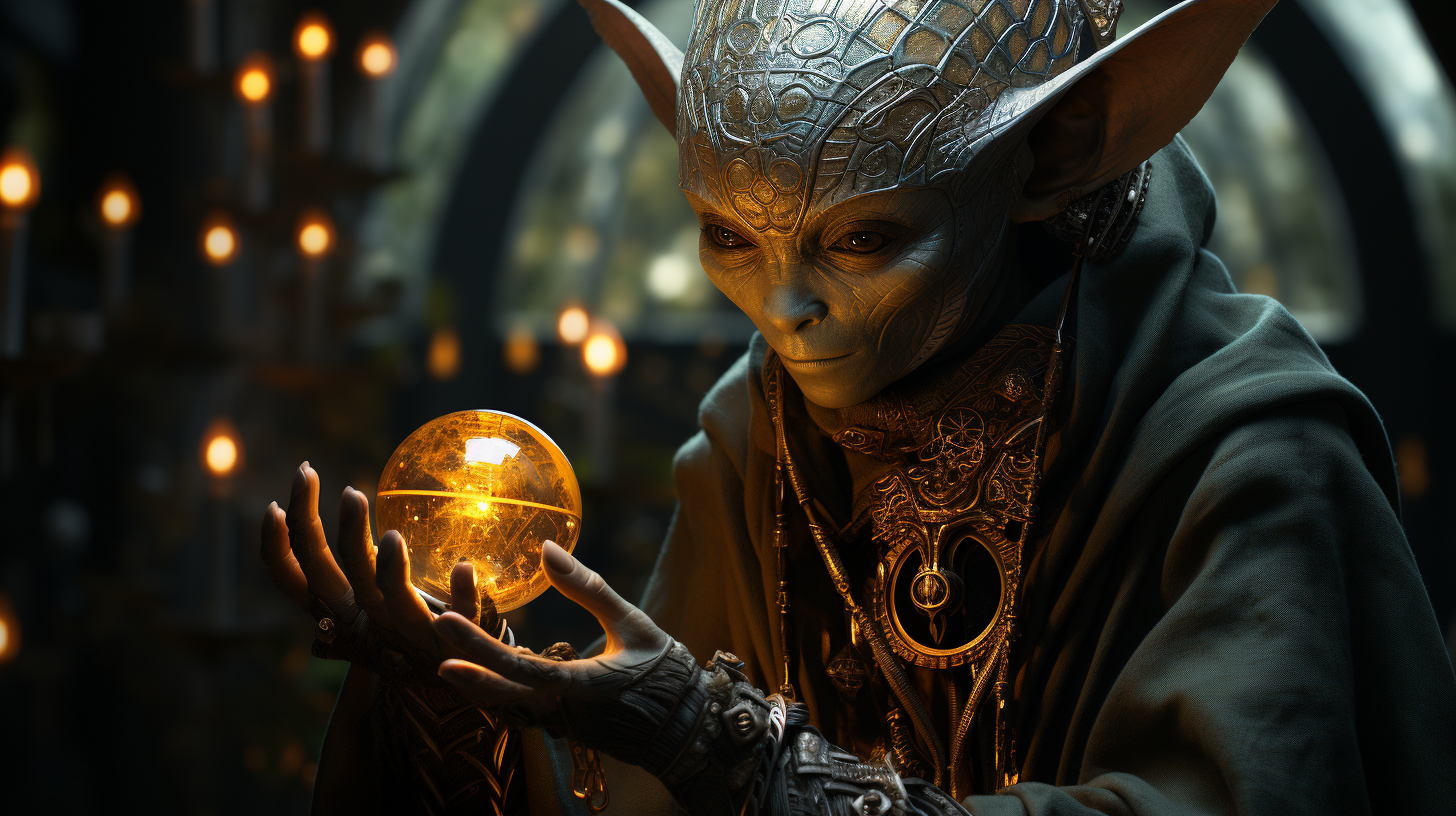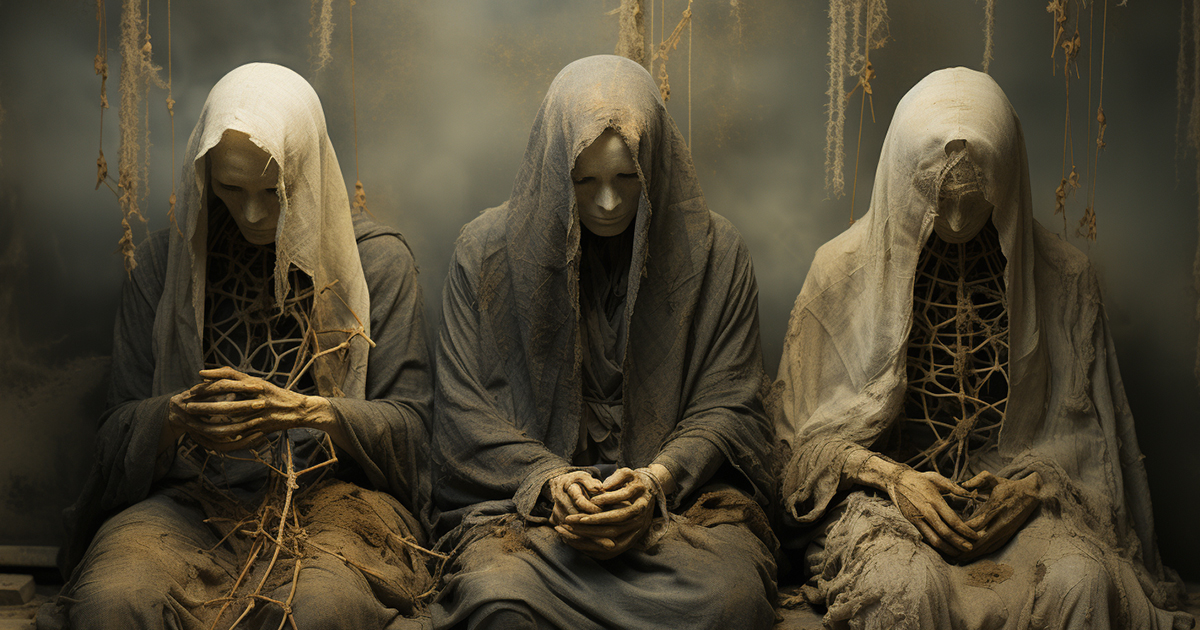Discovering the Path
Within the tranquil surroundings of Mount Yudono, Japan, deep within the ancient Dainichibo Temple, lies a profound symbol of dedication and spiritual elevation—the preserved body of Daijuku Botasutu Shinnyokai Shonin, a revered Buddhist monk known as sokushinbutsu or a living Buddha. This monk’s journey of self-mummification, a sacred ritual practiced by Shingon sect monks from the 11th to 19th centuries, intertwines the realms of life, death, and transcendent consciousness in a captivating manner.
Unveiling an Ancient Practice
The remarkable figure of Daijuku Botasutu Shinnyokai Shonin delves into a unique form of enlightenment achieved through a puzzling endeavor—an intentional self-mummification process that commenced six years before his peaceful passing at the age of 96. Hailing from northern Japan, Shingon monks embarked on this extreme path as a form of spiritual sacrifice and self-mortification.

The intricate self-mummification journey consisted of two challenging phases. The initial phase lasting around 1,000 days imposed a rigorous low-calorie diet symbolizing detachment from worldly desires. The subsequent phase introduced the consumption of urushi tea, a toxic elixir thought to preserve the body’s tissues and organs, preparing them for the afterlife.
Mysticism Meeting Transformation
The paradoxical urushi tea, both deadly and spiritually potent, bestowed the practitioners with a divine presence, rendering their flesh unpalatable even to maggots—a haunting sign of the profound metamorphosis these monks underwent. Enclosed within a meditation chamber with minimal air supply, these monks reached a cocoon of isolation and profound contemplation.
After the chamber’s unsealing post the 1,000-day period, the monk’s fate was revealed. Those who achieved self-mummification were revered as living Buddhas, clothed in sacred garments, and housed in temple sanctuaries, while those who did not complete this transformation underwent an exorcism before their interment. Surprisingly, out of hundreds attempting sokushinbutsu, only 24 monks succeeded, prompting contemplation on the motivators driving such exceptional devotion.
A Gateway to Transcendence
Rooted within this cryptic practice lies the belief in rebirth—an elemental aspect of Buddhism. According to the Shingon sect, those who accomplished self-mummification transcended the cycle of reincarnation, ascending to elevated realms of existence. For these monks, this transition symbolized not just death but a suspended state between the physical and the metaphysical.
Their preserved bodies, vessels for this transcendental state, signified gateways to an ethereal dimension—an extension of life surpassing human comprehension. This principle resonated with the teachings of Siddhartha Gautama, the original Buddha, who epitomized a delicate balance between human traits and extraordinary abilities, described as semi-divine or even extraterrestrial.
An Insight into the Uncharted Cosmic
Were the self-mummified monks inspired by Siddhartha Gautama’s life? Could their pursuit of a higher plane through self-mummification stem from a longing for the extraordinary and a link to cosmic origins? As Siddhartha Gautama displayed abilities beyond the ordinary, speculations arise on the first Buddha’s potential extraterrestrial lineage—a concept potentially influencing the aspirations of Shingon monks.
Video:
Closing Thoughts
The mysterious legacy of Japan’s self-mummified monks remains a testament to the lengths individuals will go to seek spiritual enlightenment. Their intricate journey, rooted in the belief of suspended animation and higher planes, offers a tantalizing glimpse into the convergence of mortality and mysticism. In a realm where the lines between life and death blur, the quest of these monks epitomizes unfaltering devotion and the eternal pursuit of comprehending the cosmos and our role within it.
